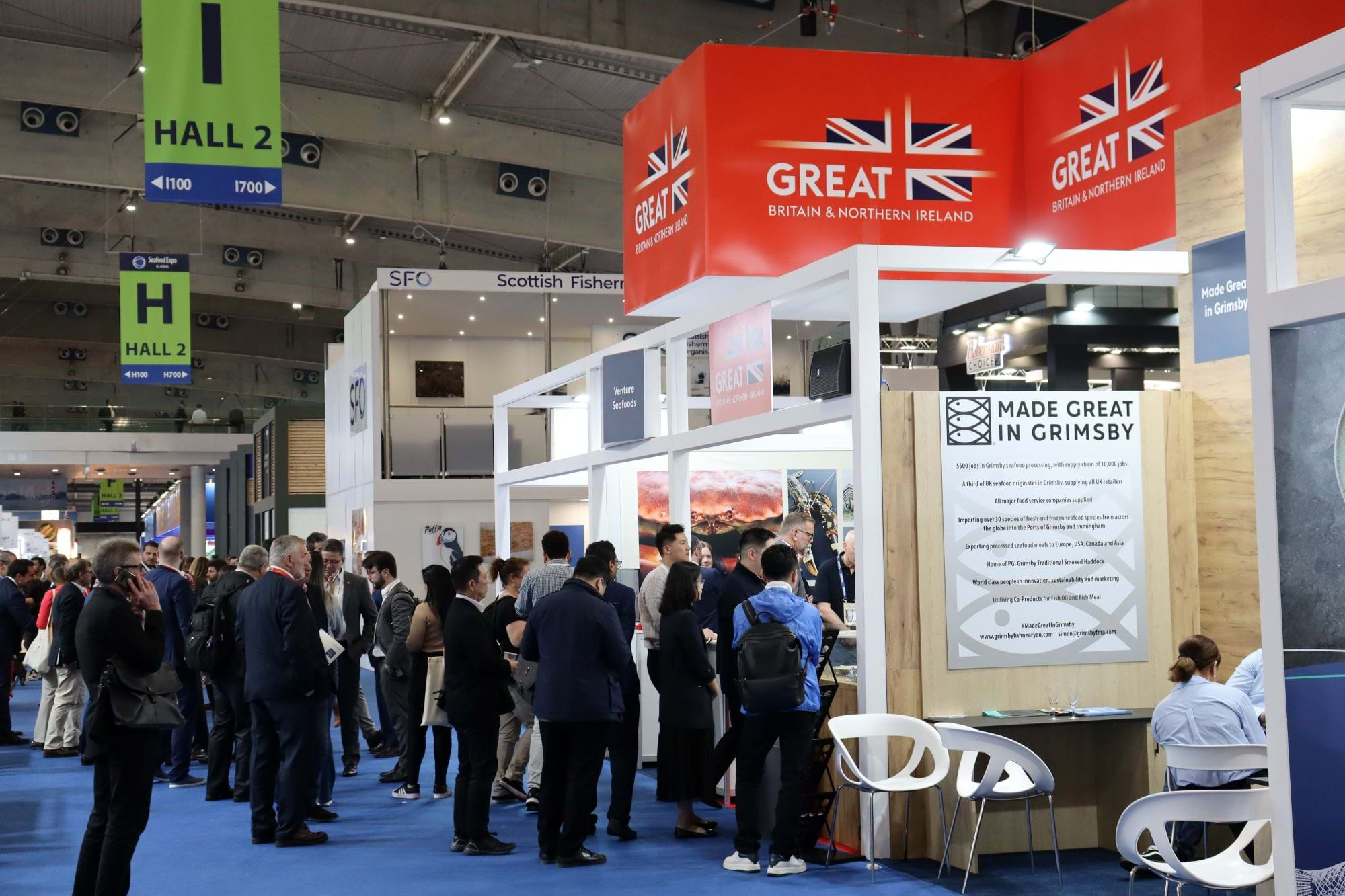How the Border Target Operating Model (BTOM) will affect seafood imported to Great Britain

The Border Target Operating Model (BTOM) has been introduced by the UK government as part of new controls on goods entering Great Britain from the EU, Iceland, Liechtenstein, Norway, Switzerland, Greenland and the Faroe Islands (EU, EFTA +2).
From 30 April 2024, fishery products from EU, EFTA +2 must enter Great Britain through a port with a border control post, where the goods may be subject to physical checks.
Seafish has analysed trade data to inform traders, port health authorities and port operators on the types and volumes of fishery products arriving from these countries on a UK port basis.
The BTOM is designed to provide proportionate protections from human and animal health risks and fraud.
It helps new border control processes, created to simplify, reduce, digitise or remove paperwork requirements.
It also helps to level the playing field of trade between GB and the EU, by addressing some of the disadvantages that British exporters have been facing since the UK’s exit from the EU.
Seafood products will be categorised as high risk, medium risk or low risk depending on how they are produced or captured, where they are coming from and how they are preserved. Each risk category will undergo different controls.
One set of risk categories apply to imports from EU, EFTA +2. Another set of risk categories apply to imports from the rest of the world. More information on seafood import requirements under the Border Target Operating Model (BTOM) can be found on our website by visiting the link below.
To prepare for border control measures and facilitate the supply of seafood to the UK, port operators and port health authorities need to understand the volume of seafood entering ports of Great Britain by risk category.
In 2022, the UK imported 644,920 tonnes of seafood products worth £3,637 million. Just over half (53%) of the volume imported was consigned from the EU, EFTA, Greenland and the Faroe Islands, and the other 47% was from the rest of the world.
According to the most recent HMRC trade statistics available at the time of writing, low risk products account for 40% of seafood imports coming from the EU, EFTA +2 countries and 9% of seafood imports from the rest of the world. All other seafood products entering GB for human consumption are of medium risk.
Over half of all seafood imports to Great Britain enter through the ports of Immingham and Felixstowe with the top 20 ports of entry accounting for 98% of all seafood imported to GB.
Trade data detailing the volume of imported seafood products by port is processed by Seafish and presented in the document available to download here. The report provides evidence to indicate the volume of medium risk and low risk seafood imports to top GB ports of entry.
Download the report: